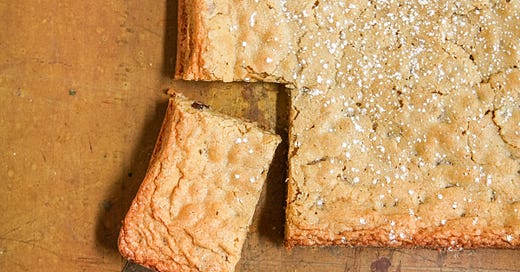
AS I BAKE AHEAD FOR BOOK TOUR, just as I have done for events and parties all my life, my freezer saves me. I bake and freeze goodies for sampling now, a culinary insurance policy that wards off last-minute stress. I can take that extra phone call, enj…



